A new exciting archeological discovery was recently announced – a small ancient tablet made of copper found on Mt Ebal, in Israel. The artifact was scientifically dated to the late Bronze age, maybe the 13th or 14th century BCE. That is quite old! The most exciting part is that the copper table contains an inscription consisting of forty proto-alphabetic characters. If the dating is accurate, this could be the oldest inscription in very archaic Hebrew in existence. And that is what makes this discovery so sensational.
The letters, which look more like drawings, could be made visible only with the use of special scanning, which was conducted in Prague by the Academy of Sciences of the Czech Republic. And so far, the texts that the researchers were able to translate appear to be an elaborate curse.
“Cursed, cursed, cursed - cursed by the God YHW.
You will die cursed. Cursed you will surely die.
Cursed by YHW – cursed, cursed, cursed.”
What is remarkable is that the tablet was found on Mount Ebal, which is known as “the mount of curses” in the Bible.
26 Take note—I am setting before you today a blessing and a curse: 27 the blessing if you take to heart the commandments of the LORD your God that I am giving you today, 28 and the curse if you pay no attention to his commandments and turn from the way I am setting before you today to pursue other gods you have not known. 29 When the LORD your God brings you into the land you are to possess, you must pronounce the blessing on Mount Gerizim and the curse on Mount Ebal (Deut 11:26–29 NET).
According to the Bible, six tribes, Reuben, Gad, Asher, Zebulun, Dan, and Naftali were sent to Mount Ebal, where the Almighty commanded that an altar be built of unhewn stones. And this is where the cursing ceremony took place. The altar was erected by Joshua, after his forces destroyed the city of Ai.
30 Then Joshua built an altar for the LORD God of Israel on Mount Ebal, 31 just as Moses the LORD’s servant had commanded the Israelites. (Joshua 8:30–31)
In the 80’s, Adam Zertal conducted excavations on Mt. Ebal and found what appears to be an altar of Israelite construction. Some have identified the stone structure with Joshua, and others remained skeptical. This is where the tablet supposedly comes from, only it was not found at the time of the dig but much later, as a team was sifting through the previously excavated material in 2019.
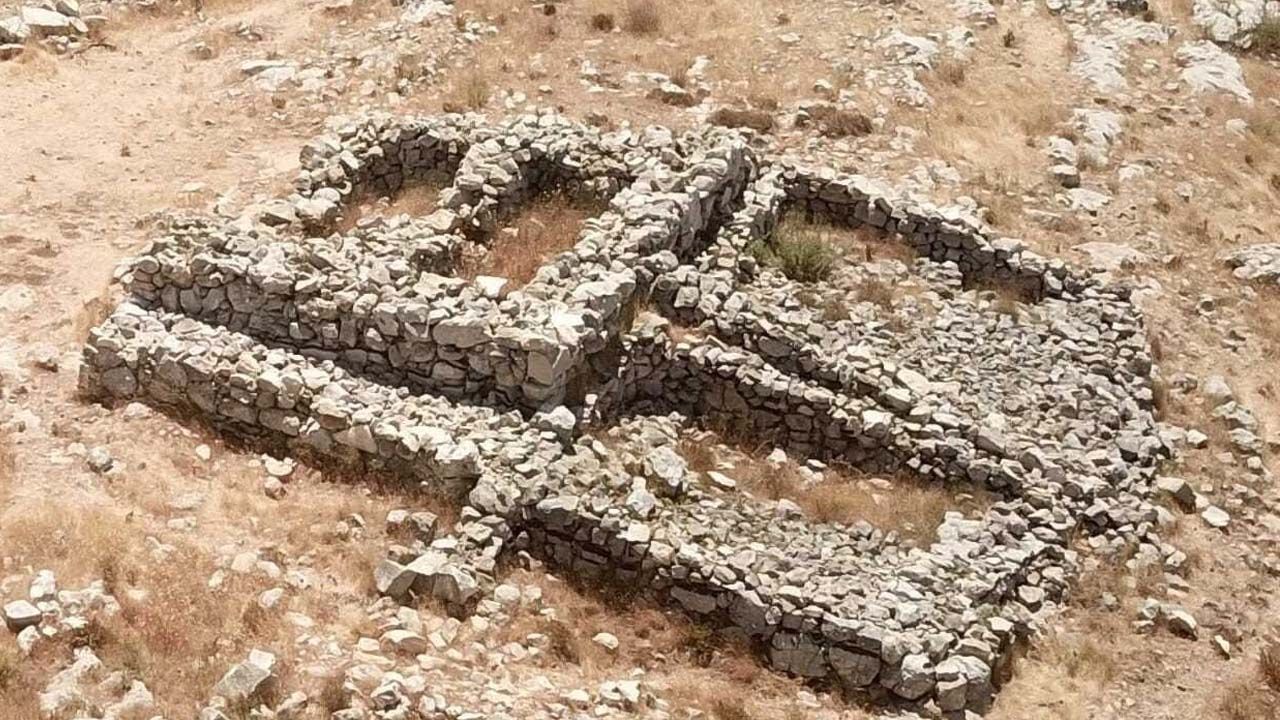
Another remarkable implication of this tablet is that it preserves the name of Israel’s God. Of course, it is spelled using consonants only, but curiously only three letters appear Yod, Hey, and Vav. The name known from the Bible has four consonants Yod-Hey-Vav-Hey. And the last letter is absent in two places where the name appears in the tests, so it's not an accidental omission.
For now, experts in the field eagerly await the opportunity to examine the scans of the text and attempt to translate it for themselves. Since the tablet was found in a discard pile and the precise strata where it laid for thousands of years is not documented, questions about its dating will continue.


At this point, only limited images of the artifact itself were released, and only one word from the text. The research findings were not yet officially published or presented to the scholarly community for examination. So far, all we know comes from epigraphers Gershon Galil of the University of Haifa and Pieter van der Veen of Johannes Gutenberg-Universität Mainz.
Other experts have not yet examined any evidence, but already numerous suspicions and dismissals are being raised by skeptics. Why? The answer is simple. The implications of this discovery are truly sensational. And often, something that seems too good to be true, turns out to be so. Skepticism is to be expected. For now, everyone is waiting to examine the find...
Sources: Biblical Archaeology, Ha’atetz, Armstrong Institute.




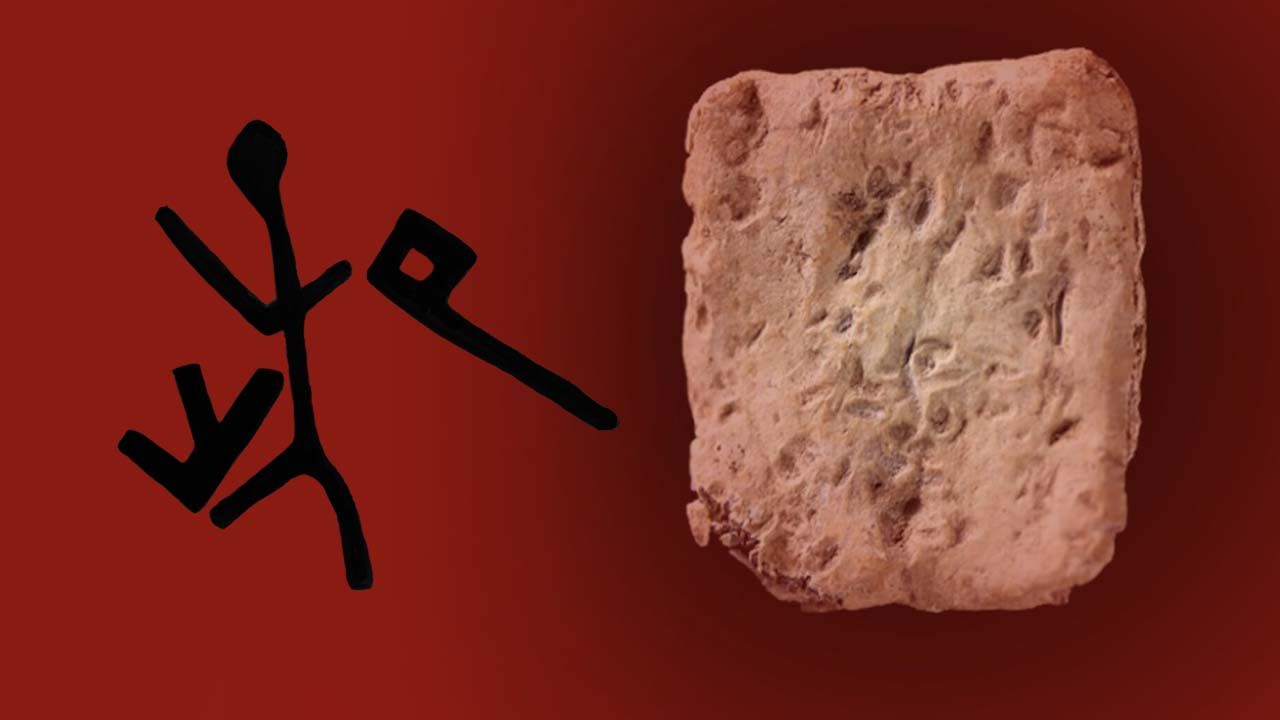
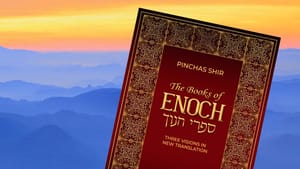


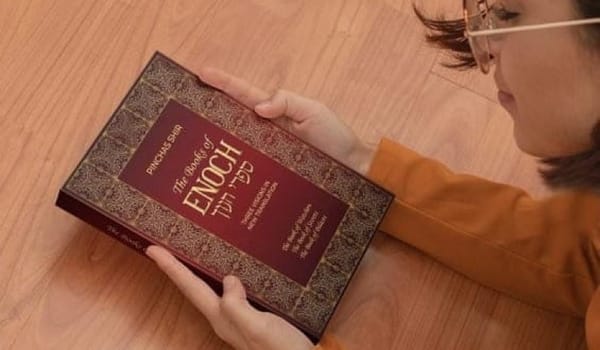
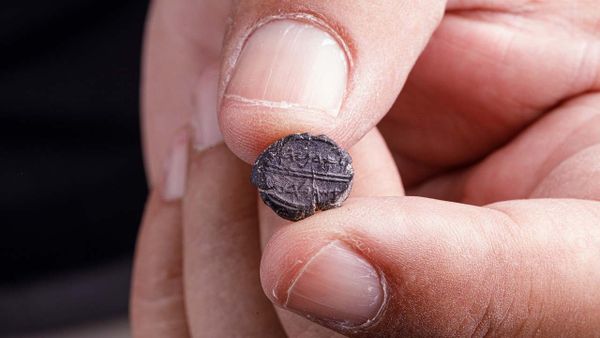



Member discussion